KOLÁROVO - OUR CITY
Kolárovo (Hungarian: Gúta, Slovak: Kolárovo) is a town in the south of Slovakia near the town of Komárno. It is an agricultural center with 11,000 inhabitants, out of which 82.6 % are of the Hungarian nationality. The town of Kolárovo is located in the Danubian Lowland at the confluence of the Váh and Little Danube Rivers, only 20 kilometers from the Hungarian border.
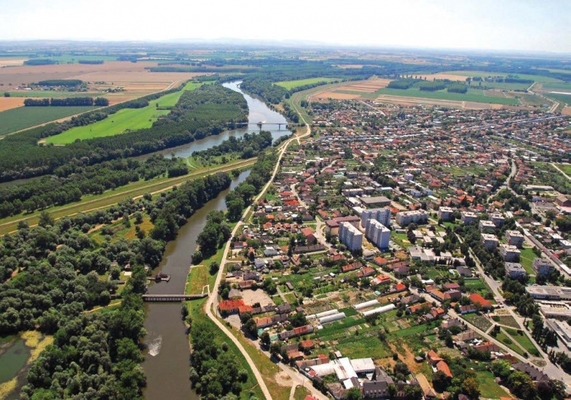
Kolárovo belongs to the biggest towns of the lower part of the Rye Island. For the first time the village was mentioned in the documents in 1268. The village was plundered many times. The Kolárovo Castle was built in 1349 to protect fords and the business route. It was built upon the order of Queen Mary and she named it Békevár (the Castle of Peace). In the bill by the king Ladislav IV. from the year 1551 villa Gúta was already mentioned as a little town. Between 1848-1849 at the time of national-liberating fights, the retreating Austrian troops fired the town.
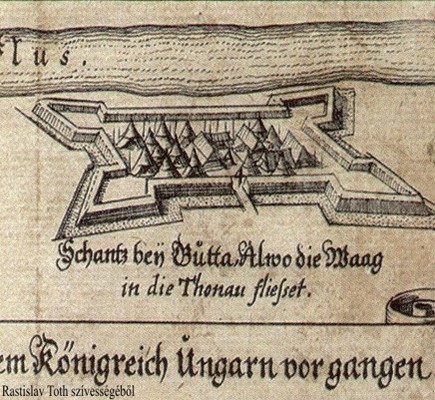
After the war, according to the Treaty of Trianon, this fully Hungarian territory was separated from the Kingdom of Hungary and became a part of Czechoslovakia. The village was annexed back to Hungary in 1938, but after that it moved to Czechoslovakia again from 1945. After the Second World War, deportations and population changes forced thousands of Hungarian families to leave their homeland (more than 3,000 people from Gúta). Foreign Slovak settlers moved into their houses. In August 1948, the name of the village was officially changed to Kolárovo by the Slovak authorities after the name of a Slovak poet, Ján Kollár.
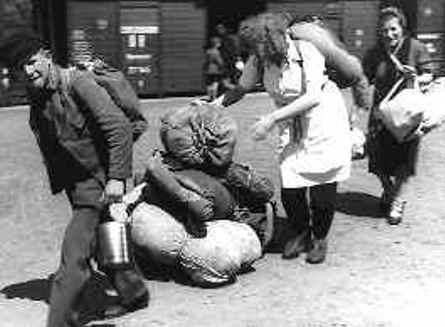
A XX. In the 16th century, Gúta started to develop greatly: the flood defense embankments were built, the railway connecting Komárom with Gúta, the steam mill and the brick factory were built. Gúta was the largest village in Czechoslovakia at this time. The population was very experienced in fighting against the floods, yet in 1965 they were surprised by a devastating flood that is still present in most of their memories to this day. One of the greatest natural disasters in the history of Czechoslovakia was the flood of 1965. Most of the adobe houses collapsed, and the whole country was involved in the reconstruction. Gúta regained his city rank in 1967 and a new chapter began.
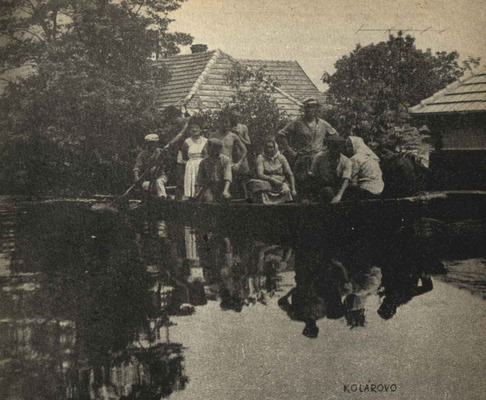
Gúta's present Gúta currently has four kindergartens, three Hungarian and one Slovak primary schools and one vocational secondary school. In addition to these schools, there is also an art elementary school, a leisure center and an orphanage in the city. Most of the people work in the Austrian-owned cable factory, which manufactures automotive electronics equipment. The world-famous Babetta mopeds were made in Gúta in the 70's and 80's.
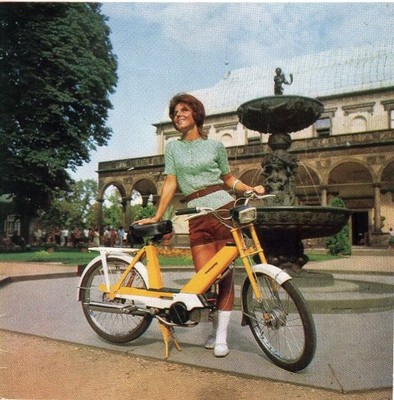
The wooden bridge in Kolárovo is the longest bridge built all from wood in Europe. The major part of the bridge is made of especially treated locust wood. The bridge leads to the local attraction – to the floating mill.
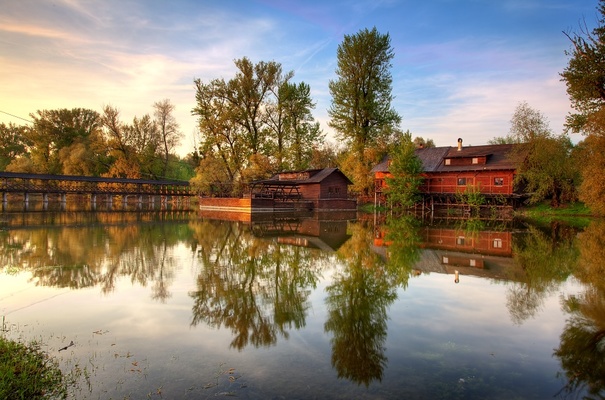
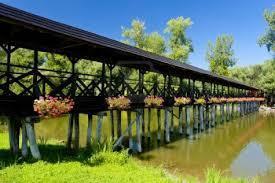
Natural area
The water mill is situated in an area with typical fauna and flora, lots of protected animal species live here. There is a dead-end channel of the river Little Danube which is very rich in fish. Lots of organizations try to preserve this beautiful natural area, e.g. the Ornithological society.
The way of life of the people in Gúta
Due to their geographical conditions, the people of Gúta were engaged in farming, fruit growing, animal husbandry and fishing. At the Viennese fish market, for example, the Gúta waters had a separate stand and was even delivered to the emperor himself. There were also craftsmen among them, such as famous weavers who woven fishing nets. Fishing is very popular today as well, there are many fishermen on the dead-channel of the Little Danube. Yeah, the indispensable background music of the wet, flat countryside is the mosquito buzz. Well, we have no shortage of mosquitoes…
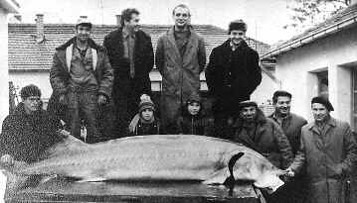
We are the “nation” of good dancers, as evidenced by the famous Gúta line-dancing procession. It is a unique local tradition dating back to the early 19th century. On Pentecost Monday, a couple of 20-30 dancers danced the streets of Gúta in a pre-determined chronological order in the presence of a large audience. The dancing army visited the parish, town hall, schools and other more worthy places. Here they danced for the parish priest, the mayor, the hosts and later the dancers received gifts, food and drinks in return. In the evening, the fun was intensified and ended with a Pentecostal dance party. We still cherish this tradition, the dance parade starts in front of our school on Pentecost Sunday morning.
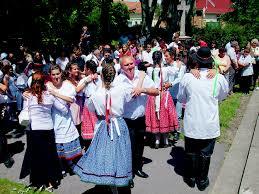
We are looking forward to show you our town :-)!
SLOVAKIA
https://www.youtube.com/watch?v=rjUHqbdexPQ